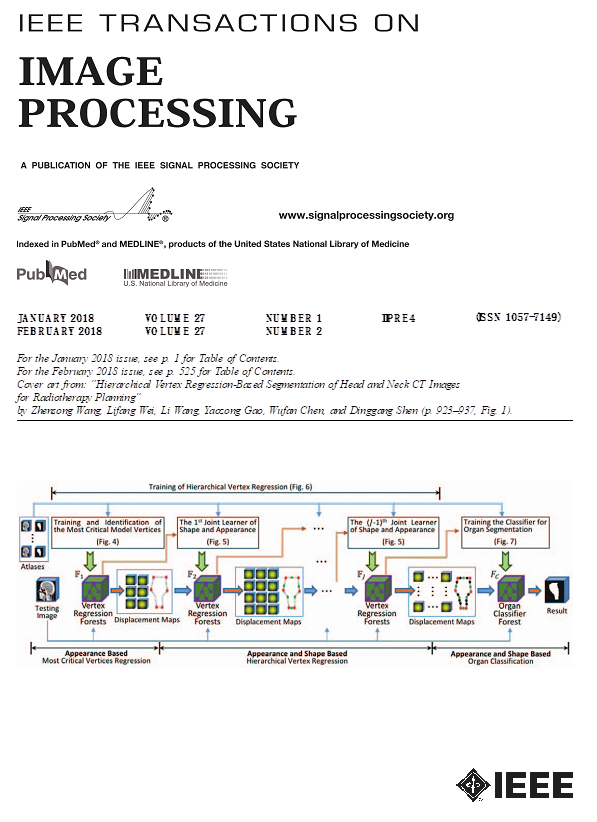Multi-Perspective Cross-Modal Object Encoding for Referring Expression Comprehension.
IF 13.7
1区 计算机科学
Q1 COMPUTER SCIENCE, ARTIFICIAL INTELLIGENCE
引用次数: 0
Abstract
Referring expression comprehension (REC) is a crucial task in understanding how a given text description identifies a target object within an image. Existing two-stage REC methods have demonstrated strong performance due to their rational framework design. However, during the encoding of object candidates in an image, most two-stage methods rely exclusively on features extracted from pre-trained detectors, often neglecting the contextual relationships between an object and its neighboring elements. This limitation hinders the full capture of contextual and relational information, reducing the discriminative power of object representations and negatively impacting subsequent processing. In this paper, we propose two novel plug-and-adapt modules: expression-guided label representation module (ELR) and cross-modal calibrated semantic module (CCS), designed to enhance two-stage REC methods. Specifically, the ELR module connects the noun phases of expression to the categorical labels of object candidates in the image, ensuring effective alignment between them. Guided by these connections, a CCS module is introduced to represent each object candidate by integrating its features with those of neighboring candidates from multiple perspectives. This preserves the intrinsic information of each candidate while incorporating relational cues from other objects, enabling more precise embeddings and effective downstream processing in two-stage REC methods. Extensive experiments on six datasets demonstrate the importance of incorporating prior statistical knowledge, and detailed analysis shows that the proposed modules strengthen the alignment between image and text. As a result, our method achieves competitive performance and is compatible with most two-stage methods in the REC task. The code is available on Github: https://github.com/freedom6927/ELR_CCS.git.参考表达式理解的多视角跨模态对象编码。
参考表达式理解(REC)是理解给定文本描述如何识别图像中的目标对象的关键任务。现有的两阶段REC方法由于其合理的框架设计而表现出较强的性能。然而,在图像中候选对象的编码过程中,大多数两阶段方法完全依赖于从预训练的检测器中提取的特征,往往忽略了对象与其相邻元素之间的上下文关系。这种限制阻碍了上下文和关系信息的完全捕获,降低了对象表示的判别能力,并对后续处理产生了负面影响。在本文中,我们提出了两个新的即插即用模块:表达式引导标签表示模块(ELR)和跨模态校准语义模块(CCS),旨在增强两阶段REC方法。具体来说,ELR模块将表达的名词相与图像中候选对象的分类标签连接起来,确保它们之间的有效对齐。在这些联系的指导下,引入CCS模块,通过从多个角度整合相邻候选对象的特征来表示每个候选对象。这保留了每个候选对象的内在信息,同时结合了来自其他对象的关系线索,从而在两阶段REC方法中实现了更精确的嵌入和有效的下游处理。在6个数据集上的大量实验证明了纳入先验统计知识的重要性,详细分析表明所提出的模块加强了图像和文本之间的对齐。因此,我们的方法实现了具有竞争力的性能,并且与REC任务中的大多数两阶段方法兼容。代码可在Github上获得:https://github.com/freedom6927/ELR_CCS.git。
本文章由计算机程序翻译,如有差异,请以英文原文为准。
求助全文
约1分钟内获得全文
求助全文
来源期刊

IEEE Transactions on Image Processing
工程技术-工程:电子与电气
CiteScore
20.90
自引率
6.60%
发文量
774
审稿时长
7.6 months
期刊介绍:
The IEEE Transactions on Image Processing delves into groundbreaking theories, algorithms, and structures concerning the generation, acquisition, manipulation, transmission, scrutiny, and presentation of images, video, and multidimensional signals across diverse applications. Topics span mathematical, statistical, and perceptual aspects, encompassing modeling, representation, formation, coding, filtering, enhancement, restoration, rendering, halftoning, search, and analysis of images, video, and multidimensional signals. Pertinent applications range from image and video communications to electronic imaging, biomedical imaging, image and video systems, and remote sensing.
 求助内容:
求助内容: 应助结果提醒方式:
应助结果提醒方式:


